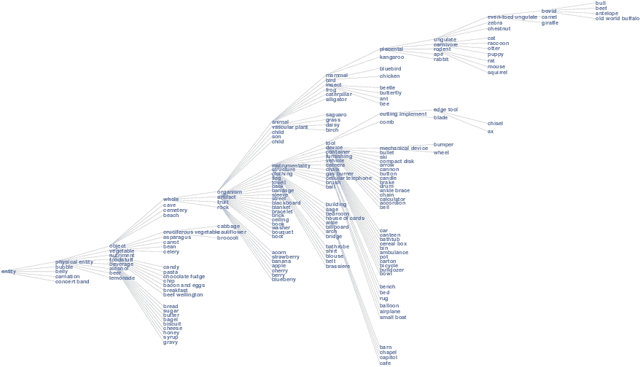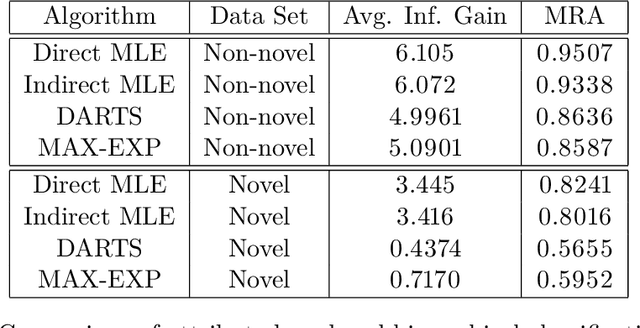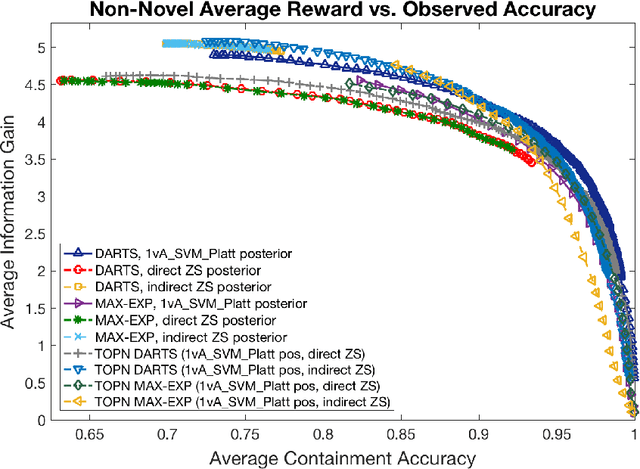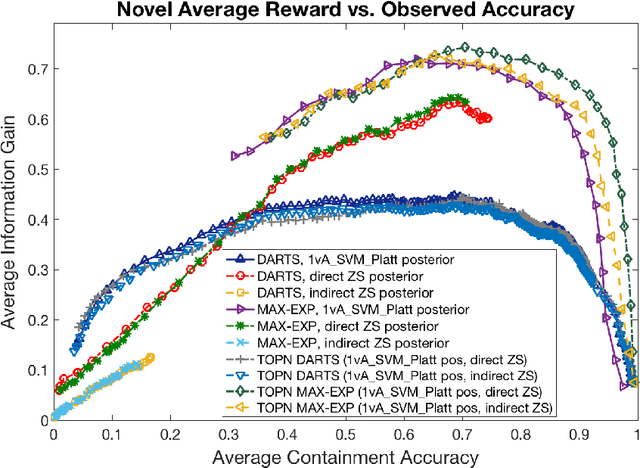Philippe M. Burlina
AI Progress in Skin Lesion Analysis
Oct 09, 2020



Abstract:We examine progress in the use of AI for detecting skin lesions, with particular emphasis on the erythema migrans rash of acute Lyme disease, and other lesions, such as those from conditions like herpes zoster (shingles), tinea corporis, erythema multiforme, cellulitis, insect bites, or tick bites. We discuss important challenges for these applications, in particular the problems of AI bias regarding the lack of skin images in dark skinned individuals, being able to accurately detect, delineate, and segment lesions or regions of interest compared to normal skin in images, and low shot learning (addressing classification with a paucity of training images). Solving these problems ranges from being highly desirable requirements -- e.g. for delineation, which may be useful to disambiguate between similar types of lesions, and perform improved diagnostics -- or required, as is the case for AI de-biasing, to allow for the deployment of fair AI techniques in the clinic for skin lesion analysis. For the problem of low shot learning in particular, we report skin analysis algorithms that gracefully degrade and still perform well at low shots, when compared to baseline algorithms: when using a little as 10 training exemplars per class, the baseline DL algorithm performance significantly degrades, with accuracy of 56.41%, close to chance, whereas the best performing low shot algorithm yields an accuracy of 85.26%.
Combining Deep Universal Features, Semantic Attributes, and Hierarchical Classification for Zero-Shot Learning
Dec 08, 2017



Abstract:We address zero-shot (ZS) learning, building upon prior work in hierarchical classification by combining it with approaches based on semantic attribute estimation. For both non-novel and novel image classes we compare multiple formulations of the problem, starting with deep universal features in each case. We investigate the effect of using different posterior probabilities as inputs to the hierarchical classifier, comparing the performances of posteriors derived from distances to SVM classifier boundaries with those of posteriors based on semantic attribute estimation. Using a dataset consisting of 150 object classes from the ImageNet ILSVRC2012 data set, we find that the hierarchical classification method that maximizes expected reward for non-novel classes differs from the method that maximizes expected reward for novel classes. We also show that using input posteriors based on semantic attributes improves the expected reward for novel classes.
 Add to Chrome
Add to Chrome Add to Firefox
Add to Firefox Add to Edge
Add to Edge